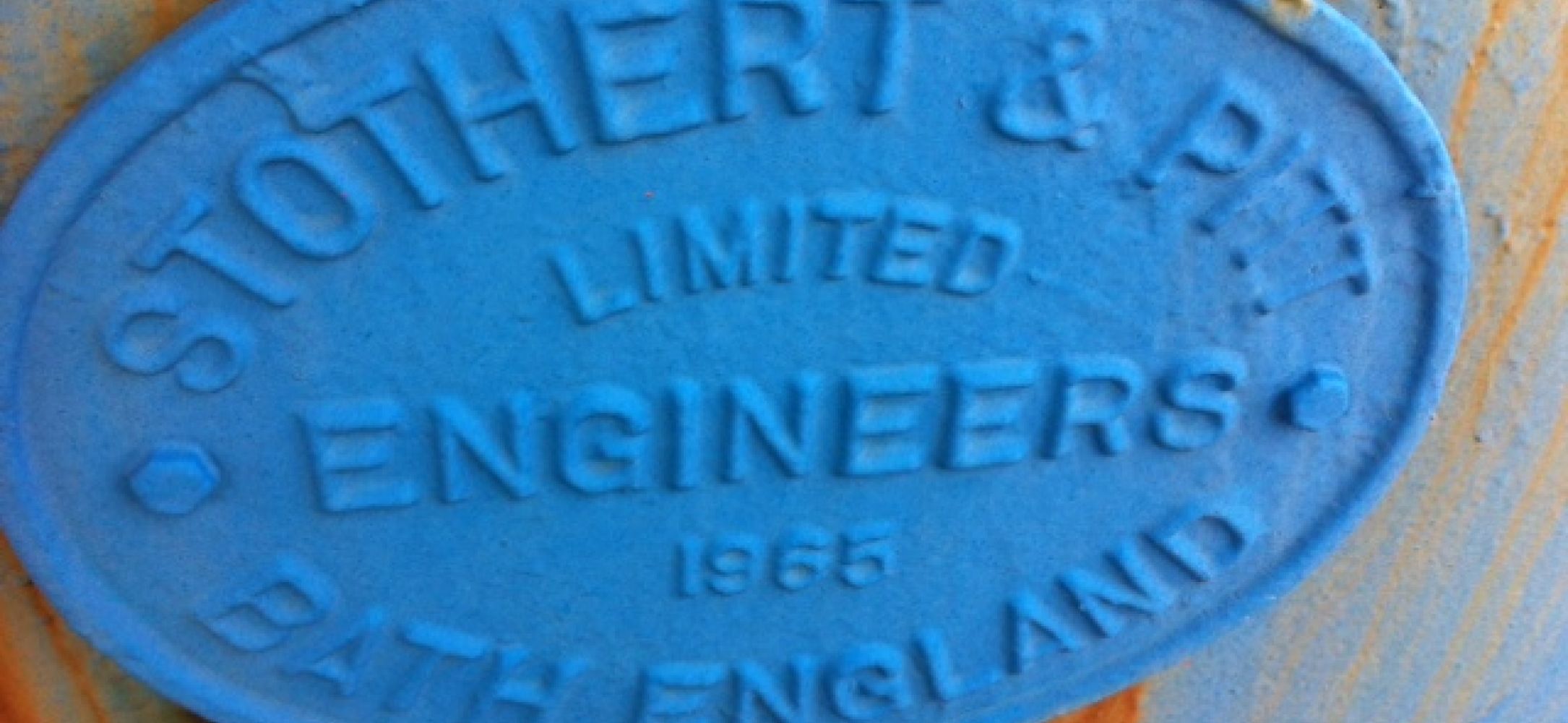PROJECT – Removal of 8 Dockside Cranes
LOCATION – Newport & Swansea, South Wales
DATE – August to November 2015
PROJECT VALUE – Credit to the Client
PROJECT DESCRIPTION – Following competitive tender BDB Dismantling were awarded the contract to demolish 8no dockside cranes, located on two separate sites in South Wales. Despite the down turn in the scrap market BDB Dismantling were still able to provide the Client ‘Best Value’ for their assets and a credit was offered to carryout the work.
Experience from historical dockside crane removal and contributions from the entire work team enabled detailed methodologies to be established for the dismantling of the electric Stothert & Pitt DD2 type cranes that, with the jib elevated, were in the region of 40 meters high.
BDB Dismantling took on the Principal Contractor role and was responsible for all preparatory work which consisted of; draining down of all redundant oils; commissioning the R&D asbestos survey; and general prep work prior to the crane lift. The asbestos survey picked up the presence of licensable asbestos materials within the crane cabs therefore a removal strategy to mitigate work at height was established with our licensed contractor; the crane cab lifted down in full to allow the asbestos to be stripped at ground level.
The crane structure was prepped in advance to enable maximum use of the crane on the day of the lift. Various sizes of crane were used throughout the project, ranging from 350ton – 100ton, to help lower each integral crane element to ground level, dependent upon the weight of the item being removed; these having been calculated by the BDB Appointed Person in advance.
Due to the length and weight of the crane jibs on the Swansea site, a tandem lift method was implemented for it to be safely lowered to ground level. Due to the ballast weight the jib was inherently the heaviest and most challenging element to be removed. The ‘A’ frame removal followed. The ballast weights were removed from the rear to allow the crane cab housing to be lifted down in sections. The slew ring and finally the legs were the final items to be removed.
A processing bay was established within the working enclosure where the crane sections were lowered and cut to size using both excavator with hydraulic shear and hot methods. The processed scrap was then loaded onto transport and removed off site.
As is always the case with cranage operations but especially when working directly on the quayside, works were constantly planned around the unpredictable British weather. A flexible and fluid approach was needed with regards working times which enabled us to gain maximum productivity in the safest of conditions.

